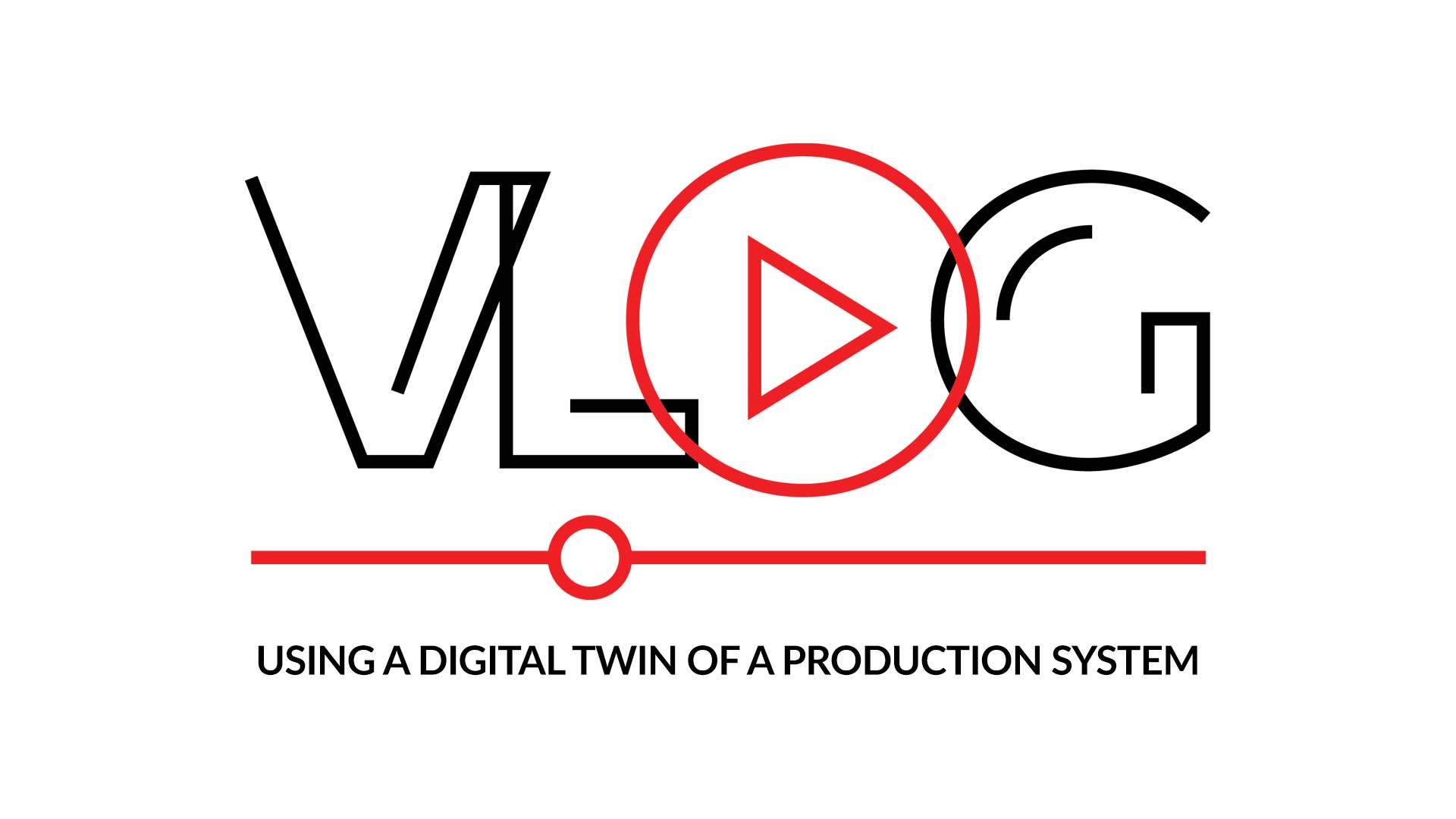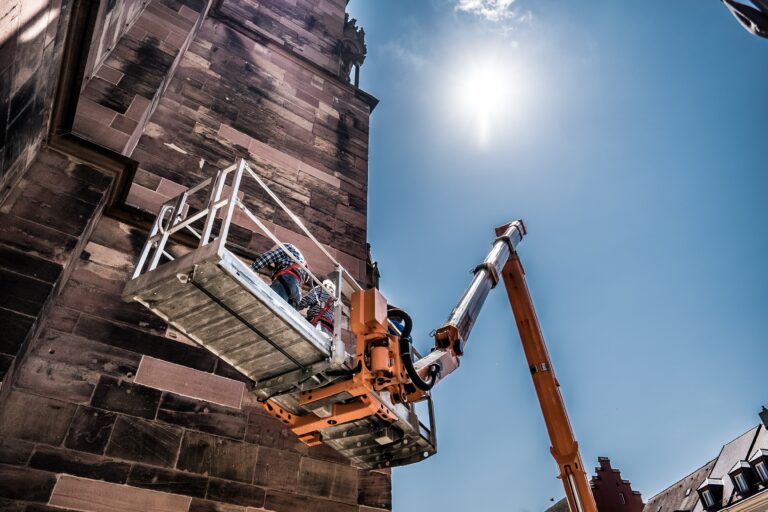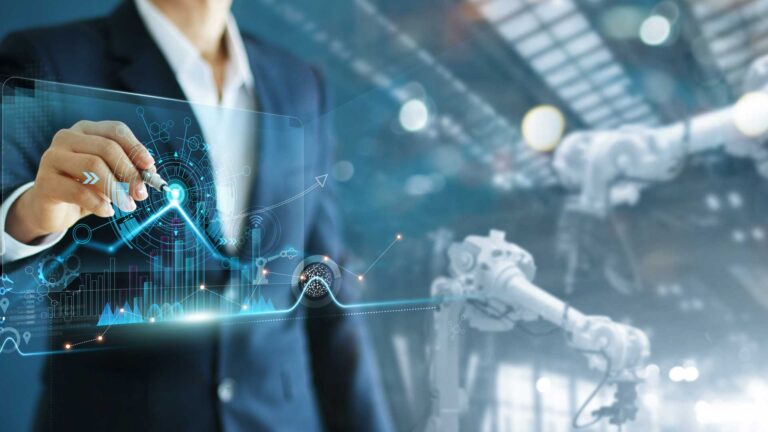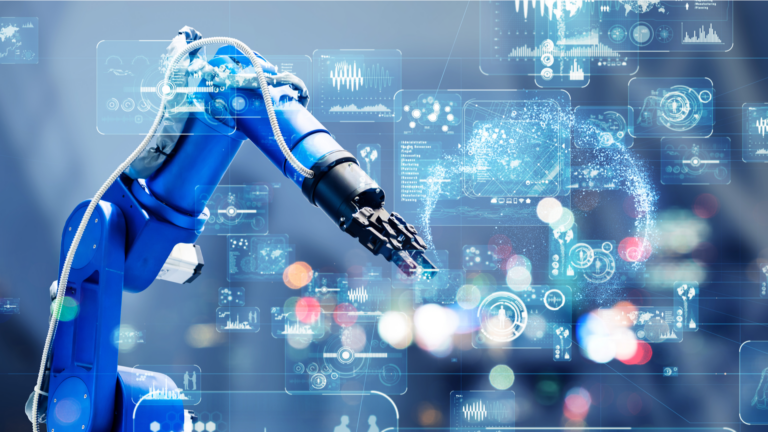
What is a Digital Twin of a Production System and Why Would You Want to Use it?
Let’s talk about that next. Okay, so what is the value of virtual commissioning? So I think to have a well-rounded conversation around this, we really need to talk about what is commissioning. Real quick, we need to talk about what is virtual commissioning and how is that different? Number three, what’s the value of it, and what’s the ROI of it, what’s the cost justification about it?
Okay, so, digital twins, production systems, what’s the value? Let’s first talk about the production system. Right, so this is an assembly line or some other kind of manufacturing line that you have in a plant, or a factory, or a facility, and you have it instrumented with sensors, capturing physical sensor data. The idea with a digital twin of a production system is that you take that physical sensor data and you feed it into a simulation of the production line. And you run it, and actually, they run together. This is feeding physical sensor data over to your simulation, and then you’re measuring virtual sensors and capturing virtual sensor data off of the simulation. When you combine that with the physical sensor data, you have a richer view into what is happening in the production system overall. So that’s what the digital twin of the production system is. And you often use these simulations, these 1-D simulations, to virtually commission the production system. But here we’re talking about actually letting it continuously run while the physical production system is in operation, physical operation.
So what’s the value of using something like this?
Well, first off, you get more insight into the production or operation of that system. You can look at, maybe we use some really expensive aspect or machinery that we thought was going to dramatically improve productivity and maybe it doesn’t. So maybe you reduce costs by taking that out. Maybe you decide to have a different kind of flow through the production system. You can make all sorts of better decisions about the operation of that production system.
The other thing is there might be circumstances in the production system, or locations, where you can’t physically place a sensor. This might be due to, depends on the operation that you have, but it might be in a machining center. Maybe it’s due to thermal conditions, or maybe even radiation conditions. It could be a wide variety of circumstances where you can’t place a physical sensor in a location where you need to have insight. And you can get that through the virtual sensor placed on that 1-D simulation. So overall the idea is you get a richer and deeper insight into the production system and you can make better decisions overall. That’s it. Take care and talk soon.






